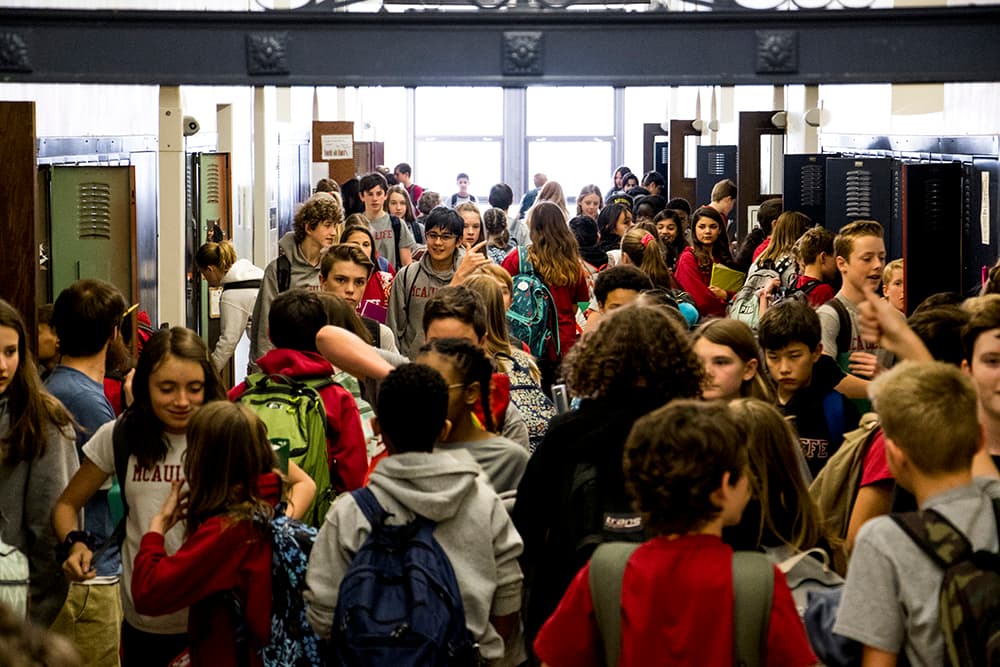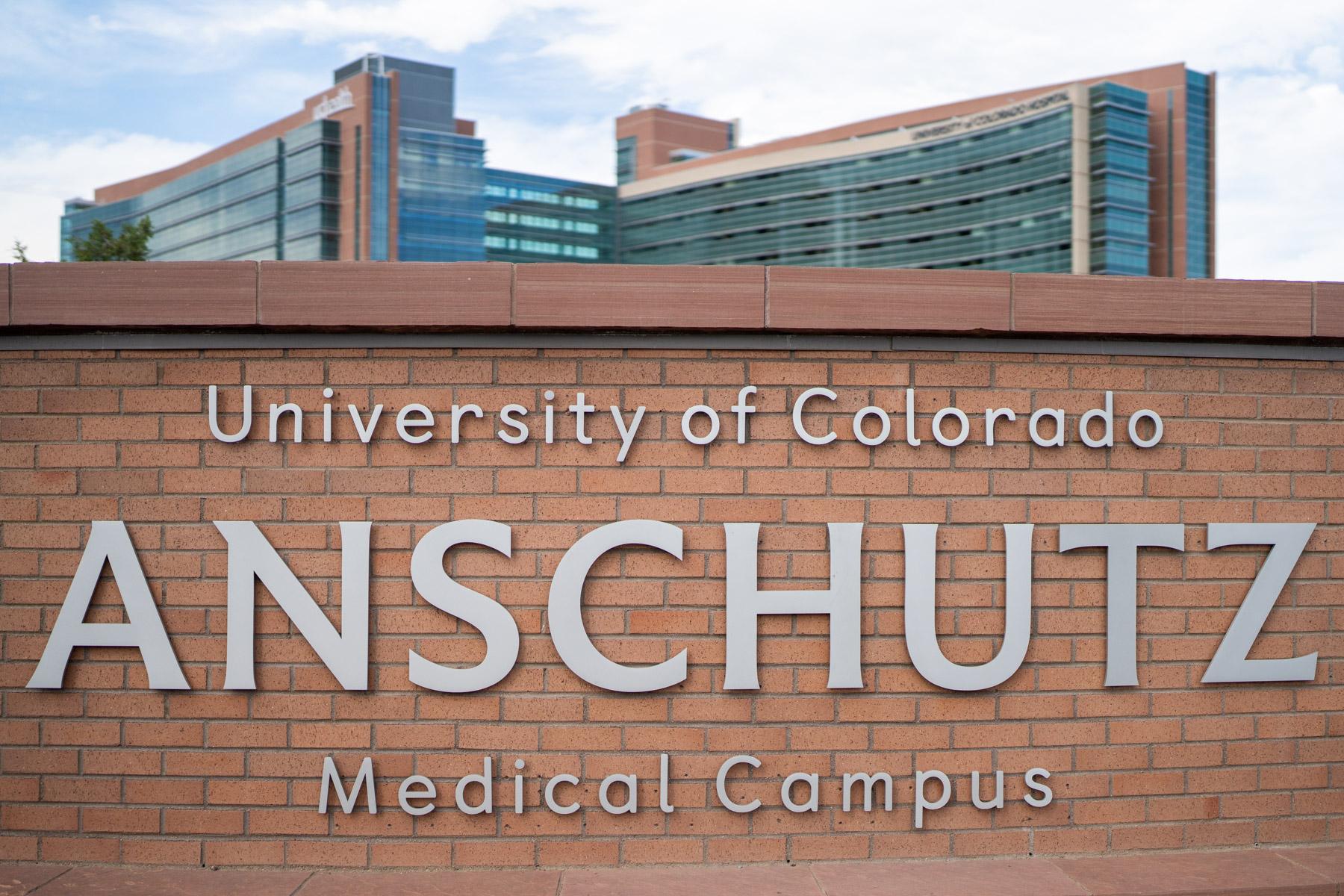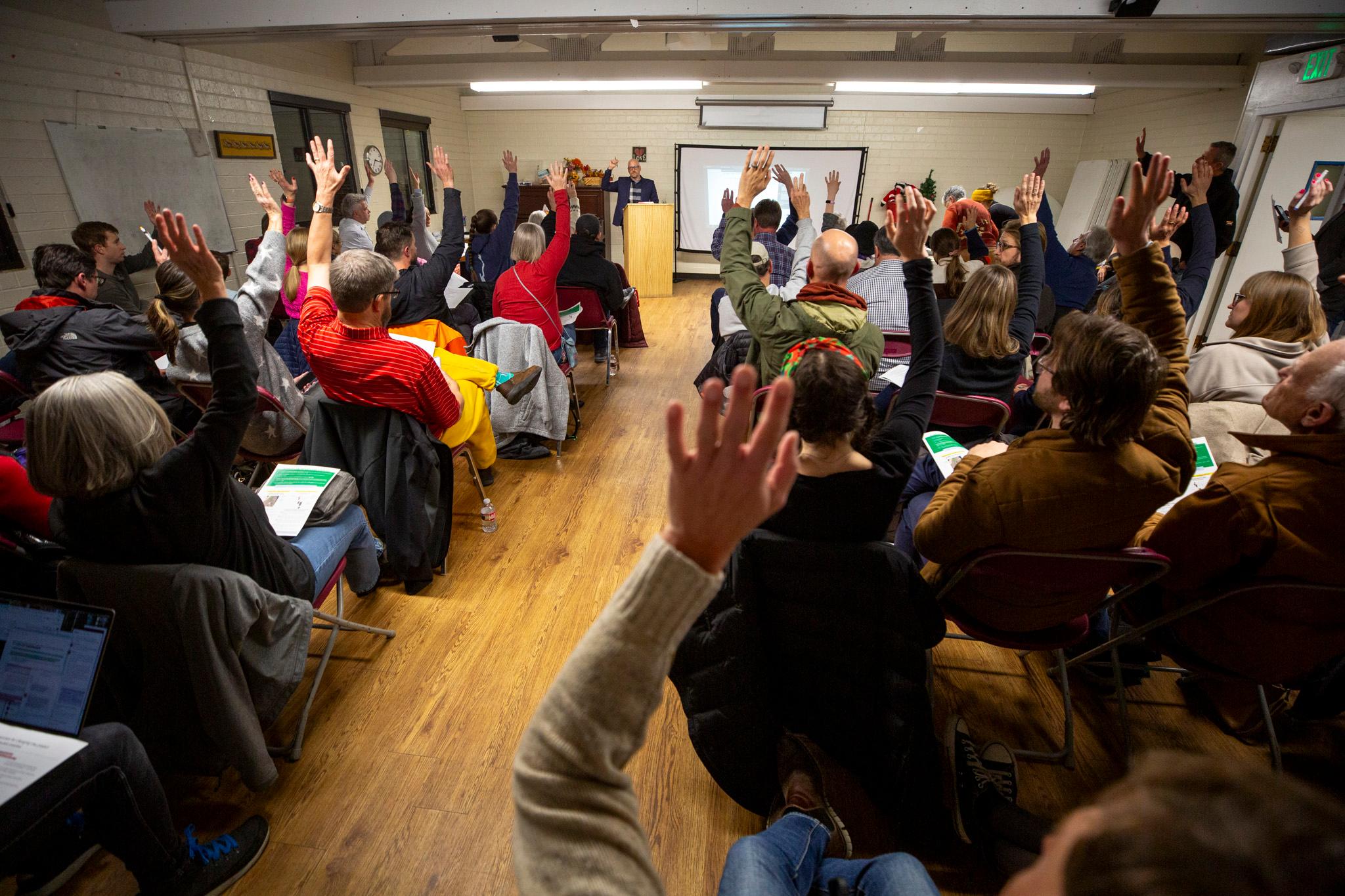By Melanie Asmar, Chalkbeat
On a day teeming with test scores, it's possible to tell what the Denver school district is most proud of by where it holds its annual press conference.
This year, district leaders stood in the sun outside Dora Moore ECE-8 School, where black and Hispanic students posted some of the highest year-over-year progress on literacy and math tests in the entire city.
"We know that we need more and more schools like Dora Moore to make the kind of gains we want to see and close the gaps for our kids," said Superintendent Susana Cordova, who named improving education for students of color a focus when she became top boss in January.
The 2019 state test scores released Thursday reveal that Denver's results held steady. Students in the state's largest school district continued to make above-average progress, but still lag behind the state average when it comes to the percentage scoring on grade level.
- Find CMAS scores here.
- Find SAT scores here.
In literacy, 42.8% of Denver students met or exceeded expectations of the Colorado Measures of Academic Success, a modified version of the PARCC test given to students in third through eighth grades. That's below the state average of 45.8%.
In math, 32.7% of Denver students met that bar. The state average was 34.7%. The differences between Denver's scores and the state averages were unchanged from 2018.
High school students take the PSAT and SAT college readiness tests. Denver's 9th-grade PSAT scores improved, while the 10th-grade PSAT and 11th-grade SAT scores decreased, mirroring statewide patterns. Denver's PSAT and SAT scores also lag behind state averages.
Big gaps in Denver's test scores based on students' race, income, and disability status remain. Some of the largest are between white students and black students. For example, 73.6% of Denver's white students met or exceeded expectations on the CMAS literacy test, while only 28.9% of black students did -- a glaring gap of nearly 45 percentage points.
Denver has committed in the past year to better serve its black students, who make up about 12,000 of the district's nearly 93,000 pupils. Hispanic students, who comprise about 50,000 of Denver's students, have similar test score gaps with white students in literacy and math.
That's part of the reason Denver Public Schools so highly values a separate score that measures how much year-over-year progress students made on the tests. Called a growth score, it is generally seen as a better gauge of how good a job districts or schools are doing.
Each year when results are released, Denver leaders focus on schools with high growth scores, not schools with the highest test scores, which generally serve more advantaged students.
The state average growth score is about 50 on a 100-point scale. In 2019, Denver continued a long trend of exceeding that with overall growth scores of 55 in literacy and 53 in math.
But to close its glaring gaps, the Denver district would have to help black and Hispanic students make even higher growth year over year. On the whole, that's not happening.
In 2019, black students in Denver had growth scores of 49 in literacy and math. While that's higher than the average for black students in Colorado, Denver's white students had growth scores of 62 in math and 63 in literacy -- a difference that ensures the gaps won't budge.
Some schools are bucking the trend. They include Dora Moore, where black students earned growth scores of 66 in literacy and math, and Hispanic students earned scores of 67.
Principal Karen Barker credited the school's intensive focus on the academic needs of its students of color, coupled with the adoption of a discipline system called restorative practices that focuses on repairing harm rather than doling out punishments.
"Looking at our CMAS growth data brought tears to my eyes yesterday," Barker said. "The work to meet the whole child and the intentionality of planning, it paid off. It paid off big."
Dora Moore is a district-run school serving a diverse group of students in preschool through eighth grade in central Denver. Standing behind Cordova at the press conference were leaders from three Denver charter schools that also posted high growth scores: Wyatt Academy elementary school, DSST at Noel middle school, and STRIVE Prep Federal middle school.
DSST and STRIVE Prep are part of multi-school charter networks. Wyatt Academy is a standalone charter in northeast Denver. One of the city's oldest charter schools, it was on the verge of being closed by the district for poor performance a few years ago.
But Wyatt's growth scores tell a compelling comeback story. The school -- where 95 percent of students are black and Latino, and 96 percent qualify for free or reduced price lunches -- posted growth scores of 80 in literacy and 84 in math. The latter was the highest in the district.
Despite high growth, three of the four schools highlighted at the press conference, including Wyatt, still trail behind the district average in students scoring on grade level. That has been a source of ongoing frustration for parents and community activists of color. Students at DSST at Noel, a new school that opened last fall, scored higher than the district average in both literacy and math.
"We have a lot of work to do in closing gaps," Cordova said in an interview after the press conference, "but getting strong growth is one way we will do that."
Chalkbeat is a nonprofit news site covering educational change in public schools.













